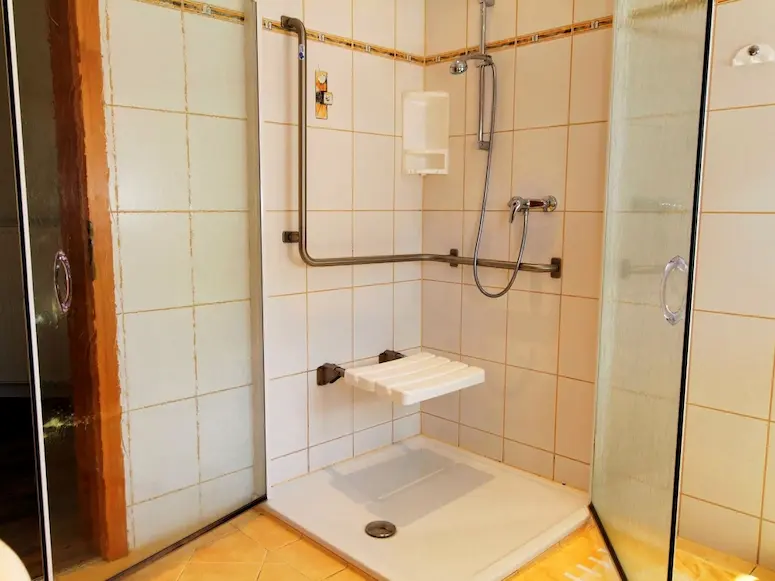Those who have ever looked into booking a hotel stay know that room rates can vary widely. But have you ever wondered why most hotels charge more than others for a specific room type?
It is a common inquiry among vacationers trying to find a reasonable place to stay. Our article will look into why accessible hotel rooms are cheaper than other rooms.
Let’s begin by gaining a deeper understanding of what precisely an accessible room is.
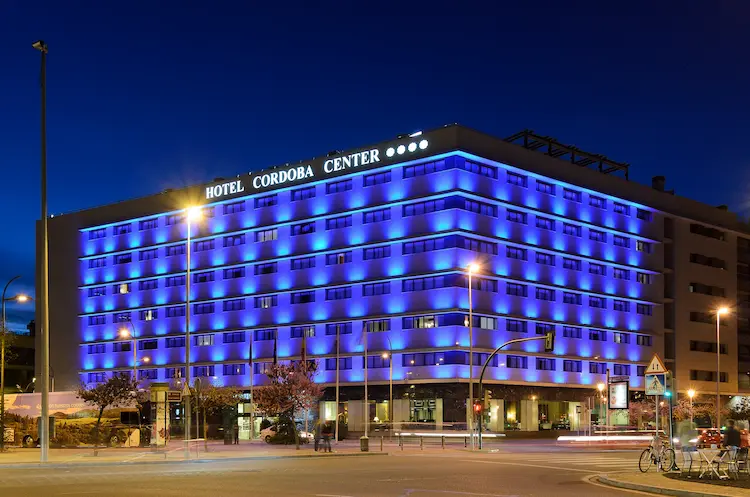
What is An Accessible Hotel Room?
Those not physically challenged may be unaware that many hotels provide “accessible” accommodations, also known as accessible hotel rooms, to accommodate individuals with disabilities.
The concept of an accessible hotel room is that specific accommodations and additional accessibility features are made in hotels for guests with any disability, such as impaired eyesight, hearing loss, or limited mobility issues.
It means the room has been designed with a type of guest in mind so they can quickly move about the space, making it more functional for disabled guests.
Larger hotels often equip up to 2% or more of their rooms with mobility and communication facilities for the disabled, whereas smaller hotels must offer one accessible room.
Daniel, who has paraplegia, gave a tour of the accessible room and its amenities.
The Difference Between Accessible and Standard Rooms
Hotel rooms that are “accessible” have been modified from standard rooms so that guests with physical or other impairments can have a pleasant, hassle-free stay.
Hotel rooms specifically designed with accessibility in mind typically have wider doorways and hallways. These rooms are often more extensive than the standard rooms, making it easier for guests who use wheelchairs or walkers to move around.
These rooms often also include spacious layouts, accessible bathrooms with safety features, and furniture that can be conveniently adjusted.
Standard hotel rooms are less unique in accessibility, furnishing, and amenities. Both room categories cater to various customer requirements, ensuring all guests are accommodated.
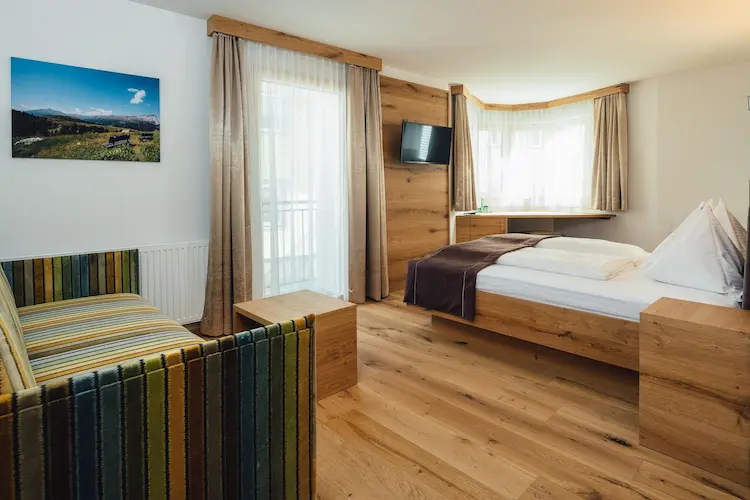
Essential Elements for Accessible Hotel Rooms
According to the Americans with Disabilities Act (ADA), public buildings must be accessible, including hotels.
However, the ADA does not specify every measure that must be taken to make a hotel room accessible. However, the law compels hotels to accommodate guests with disabilities, so doing so does not significantly increase the cost of operations or create an undue hardship on the company.
Let’s look at what additional amenities are necessary for a hotel room to be fully accessible.
Spaciousness
Accessible hotel rooms must provide enough area for wheelchair users to move comfortably, such as wider doorways.
It also implies that there shouldn’t be any carpets or other materials that a wheelchair may get caught on. The rooms necessarily require hardwood floors, if possible, for safety reasons. The same applies to those who are blind or have low vision; nothing should be in their way as they navigate the space.
The easiest way to prevent obstacles is to create a clutter-free space with a clean movement area and as little furniture as possible.
Automatic Doors
Hotel rooms often have heavy doors, making movement troublesome for disabled people. Therefore, to accommodate wheelchairs, an automated door that opens and closes automatically is necessary. The key card should have a longer wait time, which makes it a plus.
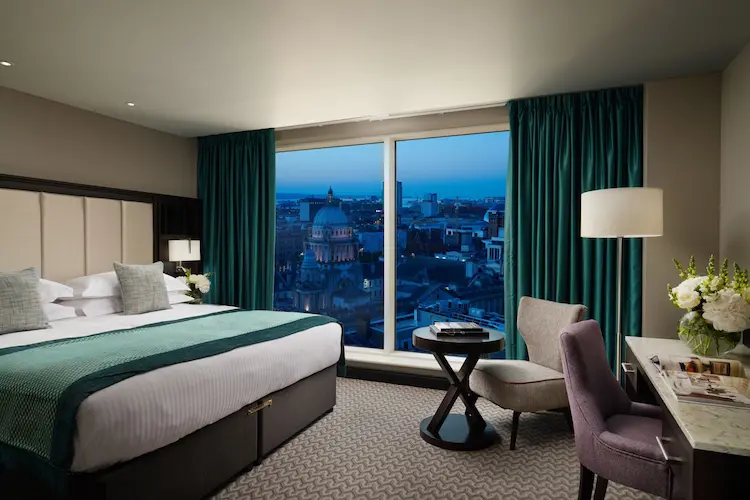
Roll-in Showers and Accessible Bathroom
To make it easy for individuals in wheelchairs to get in and out of the shower, the space must be designed as a “roll-in shower.” There are no steps or other barriers; just grab bars to hold.
A seat and grab bars near the toilet and in the shower are also recommended. In an emergency, a panic button should be put in the restroom near such showers.
The toilet should also be installed at a comfortable height, between 17 and 19 inches from the floor.
These features do provide great ease for disabled guests. Learn more about where to find these accessible hotels with roll-in showers in the US in our article here.
Plugs And Fixtures
Plugs should preferably be placed between 15 and 48 inches (30 and 120 cm) above the floor in an accessible room so that people with impairments can reach them easily. The goal is to position the outlets at waist level for convenience. Desks, nightstands, and lamp bases should all have electrical outlets.
Visual And Auditory Aids
These ADA rooms may also feature visual and auditory aids, such as the door should have an alarm outside and a blinking light inside to alert the people inside that someone is at the door. The visually handicapped can also benefit from the buzzer since it alerts hotel guests about the presence of a visitor.
Why Are Accessible Hotel Rooms Cheaper? Some Possible Reasons
When it comes to hotel rooms, one can ask why accessible hotel rooms are often less expensive than non-accessible rooms. Several factors can cause the price difference, such as
Demand For Accessible Room
There is a lower demand for accessible accommodations than their non-accessible counterparts, as they constitute merely a fraction of the overall guest demographic. According to a report, less than 20% of hotel and motel guest-accessible rooms get used each year due to a lack of awareness or personal preference.
As a result of less demand, accessible rooms might be offered at a more reasonable price to potential guests.
Charges For Scenic Views and Prime Locations
Additional expenses associated with beautiful views and desirable locations contribute significantly to the price differential between accessible and non-accessible rooms.
Rooms with attractive options, such as a pool view, beaches, or proximity to other hotel amenities, may incur an additional fee at some hotels.
However, accessible rooms are sometimes located on the ground floor or in less busy parts with fewer amenities. As a result, they are less popular with tourists who are ready to spend more for a room with a better view or a more convenient location.
Interested in visiting accessible beaches throughout the United States? Explore our thorough article for detailed insights and information.
Lower Maintenance Cost of Accessible Rooms
Typically, accessible hotel rooms are created with sustainability in mind. They have high-quality, low-maintenance fixtures and materials compared to the standard hotel room.
In addition, the layout of an accessible room is intended to reduce wear and tear, as it is typically larger and has fewer barriers to access. Such a design approach contributes further to the hotel’s cost savings than a standard room.
Fewer Amenities
Compared to regular rooms and accommodations, accessible rooms may be less expensive since they lack specific amenities.
Accessible rooms provide just the bare minimum to accommodate the requirements of guests with disabilities, whereas normal rooms may provide conveniences like mini-fridges, coffee machines, and extra sitting places. Also, the need for furniture may be limited or eliminated to ensure adequate mobility within the room, reducing the cost of the room.
Such a simplified method aids in lowering expenses, making these rooms more accessible to a wider audience.
Lower Price Point
The ability to offer competitive rates is essential in the increasingly competitive hotel market. To increase occupancy and income, hotels frequently implement various pricing methods.
One tactic to entice a wider range of customers, even those on a tighter budget, is to reduce the rates of accessible rooms. That is why one would find accessible rooms almost 10-15% less costly than non-accessible rooms as per ADA guidelines.
Such a pricing approach for accessible rooms benefits the hotel and the disabled guests since it maximizes room occupancy while providing reasonable rates.
Occupancy Rate
Hotel prices are susceptible to occupancy levels. Comparatively, accessible rooms have lower occupancy rates than standard accommodations. Hotels may often cut their costs to entice more customers if they have a surplus of available rooms.
To sum up, accessible hotel rooms provide an affordable choice for those who need these amenities, guaranteeing a pleasant stay without breaking the budget.
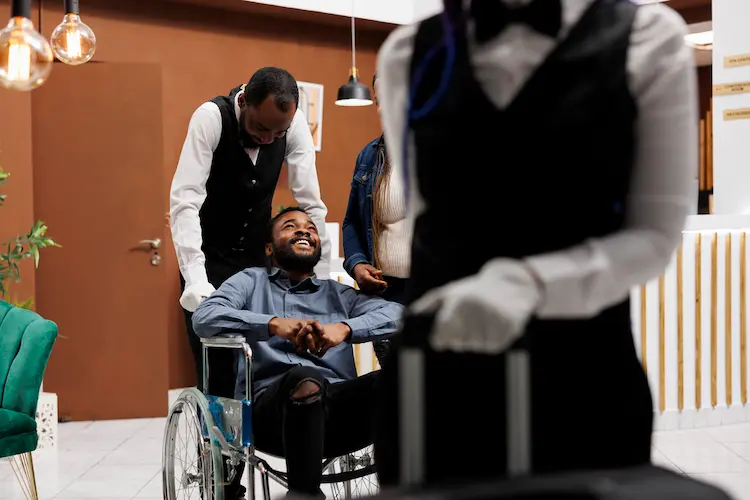
The Cost And Quality
The lower cost of accessible hotel rooms does not indicate inferior quality or comfort. These hotel rooms are still well-maintained and furnished with essential amenities to ensure that a disabled guest may have a pleasant stay.
It’s also important to remember that not all hotels have the same price difference between accessible and non-accessible rooms. To welcome and accommodate people of all abilities, certain hotels may provide accessible rooms at the same rate as standard rooms.
As a result, the best option to receive up-to-date pricing information is to contact hotels directly or use online booking platforms before booking accessible hotel rooms.
Can a Normal Person Book an Accessible Hotel Room?
Yes, technically, anyone can reserve an accessible hotel room. Still, it is considered proper etiquette to leave these rooms open for disabled guests who require the special accommodations the hotel offers.
Also, it may seem immoral to individuals who don’t require special accommodations to reserve a hotel room with wheelchair access, as if they’re taking advantage of those who need it in search of more significant discounts.
Booking Accessible Hotel Room
It’s essential to request accessible accommodations when making a hotel reservation when you are a disabled person.
One may accomplish it by calling the hotel, using their website, and making a reservation. The accessibility coordinator will review your requirements and check the availability of rooms during your desired stay dates.
Also, it is best to research nearby accessible eateries, attractions, and public transportation.
Conclusion
Due to lesser demand, ADA compliance, smaller dimensions, and architectural restrictions, accessible hotel rooms are typically priced cheaper than regular rooms.
However, the price differential allows cost-conscious customers to economize while still allowing the hotel to meet the needs of guests with disabilities. By prioritizing accessibility and implementing the necessary design modifications, hotels can provide affordable options for people with disabilities while ensuring a positive and inclusive experience for all.

